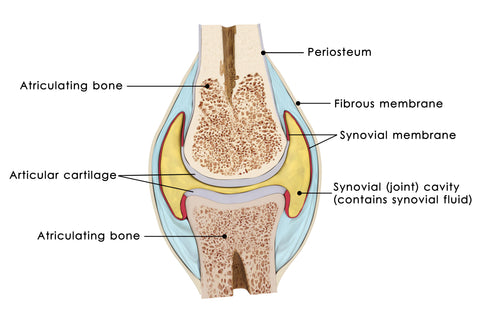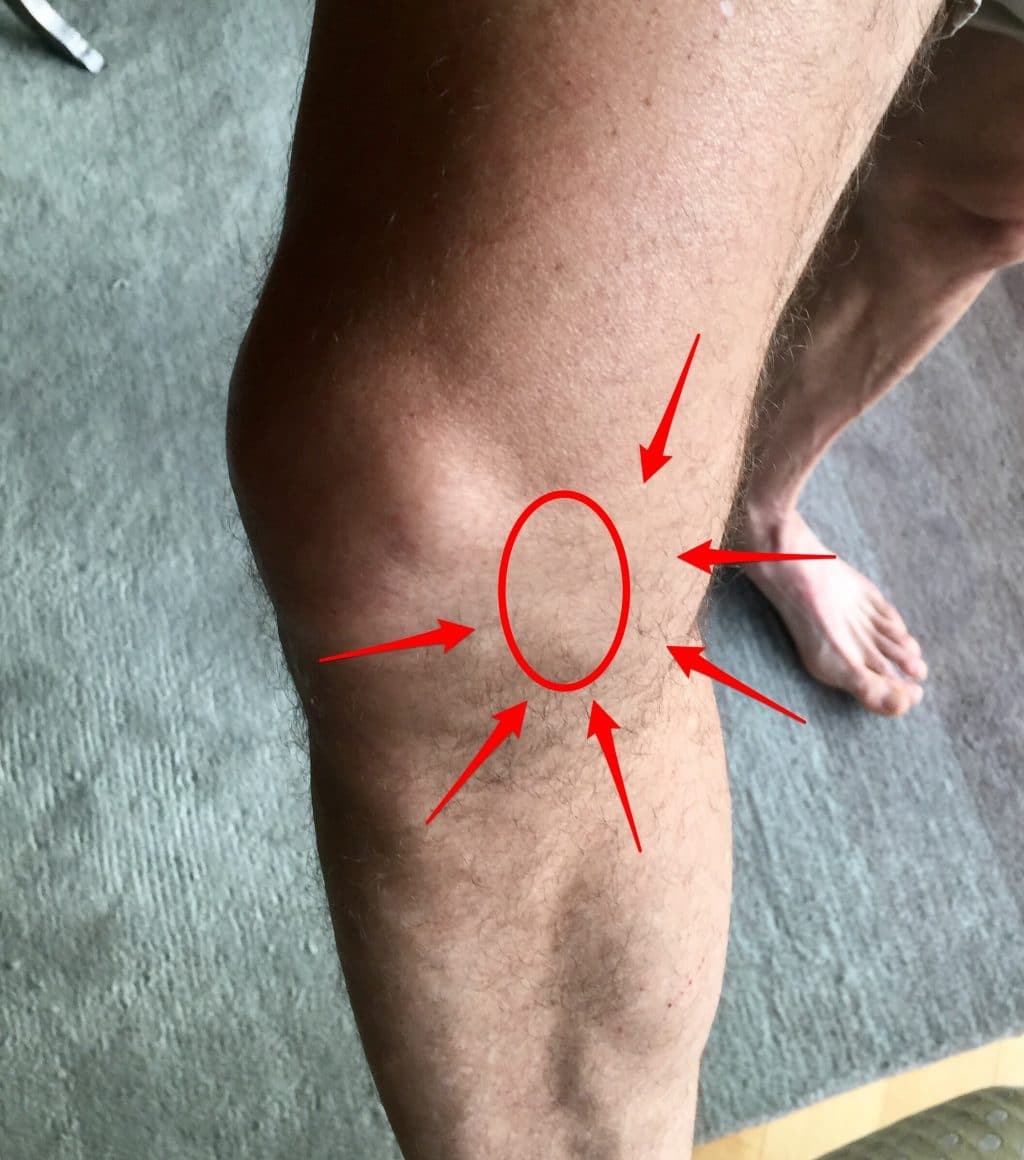
Physical therapy may decrease the chance of bursitis recurring. Kneepads or compressive knee sleeves are often recommended, as are ice and elevation after working or playing sports. When bursitis is chronic or recurrent, the bursa may need to be surgically removed.īursitis is less likely to develop when frequent breaks are taken from repetitive kneeling. There are many possible causes of water on the knee. Other symptoms may include swelling, warmth, and redness. The most common symptom of water on the knee is knee pain. If bursa fluid is infected, the bursa is opened, and antibiotics are started. Septem Brandon Callahan Knee FAQs Advertisement Water on the knee is a condition where excess fluid accumulates around the knee joint. Joint aspiration is a procedure to remove fluid from the space around a joint using a needle and syringe. Injection of a corticosteroid may also be used to treat bursitis. Osteoarthritis (OA) is a degenerative disease with a tendency to worsen over time, characterized by articular cartilage degradation, subchondral damage, and bone remodelling, most commonly affecting weight-bearing joints such as the knee and hip. The initial treatment for bursitis involves avoiding activity that aggravates the knee. Therefore, a doctor needs to consider other possible causes of knee swelling, such as: - knee tendinitis - knee ligament or cartilage injury - tumors or cysts involving the kneeĪ physical examination of the knee, laboratory testing and imaging studies - such as x-rays or an MRI - can help determine the accurate diagnosis.

Knee swelling due to excess fluid in a knee bursa must be distinguished from fluid accumulation in the knee joint itself and soft tissue conditions that can trigger knee swelling. Wrapping your knee with an elastic bandage can help control the swelling. Place pillows under your knee for comfort.

When you ice your knee, be sure to raise your knee higher than the level of your heart. These include: - knee swelling, tenderness, warmth and redness - pain when walking - intense pain with kneeling - decreased knee mobility - reduced pain with rest and at night - fever, if the bursa is infected Other Considerations Examination revealed pain, warmth and swelling on the anteromedial side of the right knee, with extension limitation. To control pain and swelling, apply ice to your knee for 15 to 20 minutes every 2 to 4 hours. Common signs and symptoms of knee bursitis help in making the diagnosis. The removal of excess joint fluid can relieve pain, swelling, and stiffness, and improve the knees range of motion and flexibility.

A history of frequent kneeling, or a recent fall or blow to the knee is often the first clue to possible bursitis.


 0 kommentar(er)
0 kommentar(er)
